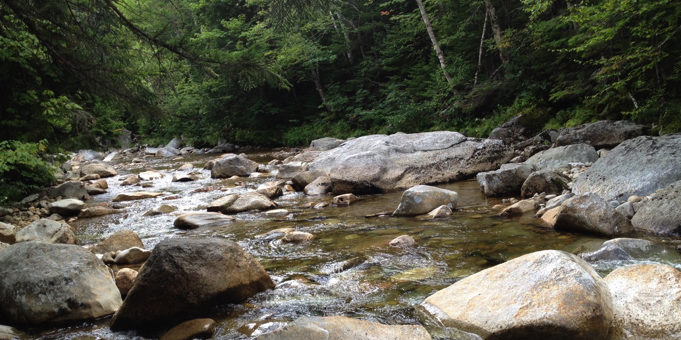After schools closed, cases continued to increase, and we remained confined to our homes. An end to the spreading madness that is COVID-19 seems to be nowhere in sight. However, looking out the window of my home, past an empty street and the quiet rain, a possible silver lining is visible on the horizon. Or in the atmosphere, to be exact.
According to The New York Times, “Air pollution (in the form of CO2 emissions) has dropped significantly over major metropolitan areas.” Newton is undergoing these changes as many of its residents work from home. The endless wait for a break in rush-hour traffic is now a solitary drive. Faced with the restrictions of self-quarantine and social distancing, we find ourselves devoid of casual excursions to the mall or a restaurant. In a way, the environment thanks us for those sacrifices.
Amidst the budding spring, nature and wildlife find solace, unencumbered by the heavy presence of machines and smog. In this short period of recovery, we have more time to appreciate the world around us by walking outdoors or gardening. These times prove that rehabilitation is more feasible if we can commit to cutting down emissions and saving the air we breathe.
Stillness is consequential, an indicator. We can tell a lot about a community based on how people move, and in these cautious times, the world seems to stand still. So in the future, when everything starts again, we should aim to balance industry and the environment. The good that preservation creates is immeasurable, especially when changes are irreversible. Therefore, we must remember the lesson nature teaches us now about the undeniable beauty of growth and recovery.
Joyce Lee is a 10th grader at Newton South High School.


Recently on Twitter